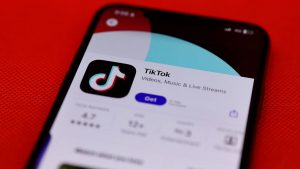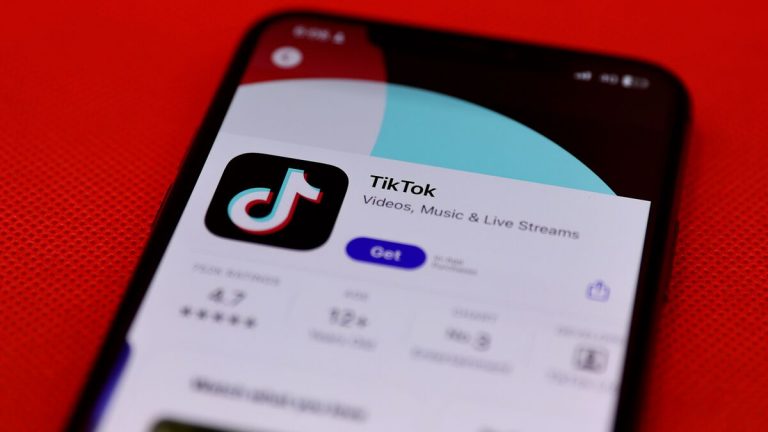
The crypto industry’s most notorious rapper, Heather Morgan – more widely known as Razzlekhan – released a new music video as U.S. authorities stand ready to imprison her for criminally laundering portions of the crypto loot her husband was convicted of pilfering from Bitfinex.
In the song, ‘Razzlekhan vs. The United States,” Morgan’s outlandish and proactively clad musical persona gyrates and scowls into the camera. Despite the legalese of the song’s name, its lyrics don’t make an overt attack on the investigation and court proceedings that landed her a federal sentence of 18 months in prison.
“This ain’t no free country; it running on money; capitalists chummy; old white men hella grumpy,” raps Morgan, bound in red ropes. The aggressive image strikes a sharp contrast with the conservatively dressed defendant that wept in a Washington courtroom as she apologized for her role in concealing and cashing out parts of the stolen fortune of almost 120,000 bitcoin.
Her husband, Ilya “Dutch” Lichtenstein, was sentenced to five years for orchestrating the hack and theft. And the couple’s crypto crimes are the subject of a recent Netflix documentary, “Biggest Heist Ever.”
Morgan’s Razzlekhan performances are meant as a tongue-in-cheek commentary, she contends, and in the latest “misfits anthem” released on Friday, “the lines of sex appeal and cringe memes are blurred.”
“It symbolizes many of my thoughts and actual experiences throughout our federal case,” she said in a statement about the work. “Many creatives and misfits have told me that Razzlekhan content has been really inspiring to them, and it makes them feel less alone.”
The federal judge who sentenced her, despite her request to be let off with the days she’d already served behind bars, said she wouldn’t have to report to prison before the end of January. Her computer use will also be restricted and monitored.
Read More: Bitfinex Hack Launderer Heather ‘Razzlekhan’ Morgan Sentenced to 18 Months in Prison
Morgan lamented in court that her reputation had been “utterly and completely” destroyed because of the public’s fixation on her rapper character as a side show of the high-profile criminal case.
She told the judge at her sentencing hearing that she’d be haunted “for the rest of my life” but what she’d done to aid the theft of what would now be worth $11 billion. Hours later, she posted a Razzlekhan video celebrating the end of her silence.
In this latest appearance less than two months later, Razzlekhan appeals not to a crypto executive, but to somebody with close ties to the digital assets world: the CEO of Tesla and social-media site X who is now a political ally of President-elect Donald Trump.
“Old money, gold dusty; save me Elon Musky!”


























+ There are no comments
Add yours